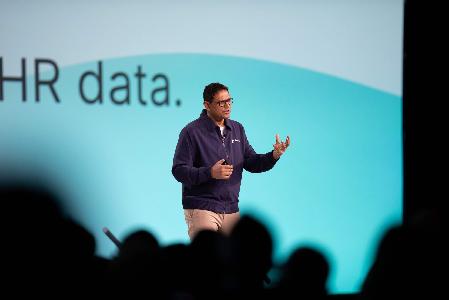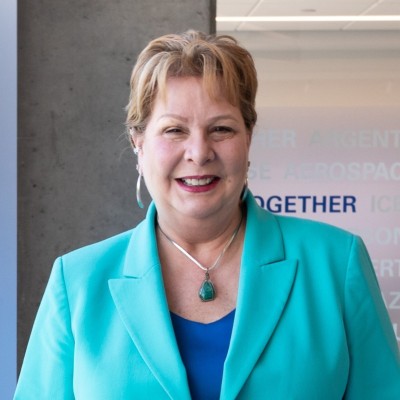Applying to college can be a daunting experience, given all the deadlines and other time-sensitive logistics.
Of all the steps involved, though, crafting the college admissions essay generates the most anxiety. And with good reason. Application essays are the most important “soft” factors that colleges consider when making decisions, right after “hard factors” like grades, curriculum and test scores, according the to the National Association for College Admission Counseling.
While grades and standardized test scores will always be the most significant factors in an admissions decision, an impactful essay can sometimes mean the difference between acceptance and denial, especially at the most selective institutions where the volume of applications remains high, said Teddy Barnes, president, CEO and cofounder of EssayDog, one of the newer players in the field of application essay assistance.
“It’s one way the admissions committee gets to know the students,” said Barnes, a former educator based in Odessa who has read more than 25,000 essays during the course of his career. “Schools are building a mosaic and they’re trying to get certain types of students, so in that way, it can tip the scale.”
The situation begs the question: why would students at the top of their academic game need help in writing a college application essay?
“In high school, you can be asked to write English papers and science laboratory research papers but nothing about yourself,” said Barnes. “So it makes it that much harder.”
With plenty of programs offering assistance with essays, what sets EssayDog apart from the pack?
“I think we’re unique first and foremost because we’re looking at essay writing as storytelling,” said Barnes. “We’re giving really manageable strategies to students in a video-based format that is very familiar to them.”
EssayDog is in fact based on the film-writing experience of another one of the program’s founders.
“A lot of the issues that screenwriters face in the writing process are similar to what college students face,” Barnes said. “The software was originally meant for Hollywood screenwriters. EssayDog is an offshoot of something called ‘plot control.’”
Students begin by writing four sentences which become the building blocks of their personal stories. They then go through a series of prompts that add layers to the framework giving it the four elements Barnes says schools look for: personality, passion, perseverance and potential.
“The process empowers students and gives them an opportunity to bring out their authentic writing voice,” said Barnes. “We call it ‘structured creativity.’ Organizing thoughts is a huge challenge in the writing process.”
When students have finished following the prompts, they can then see their ideas in essay format in a Word doc. Barnes says working with this format takes the stress level way down and that he’s seen students produce a respectable first draft in as little as 45 minutes to an hour.
EssayDog offers additional modules that guide students in the creation of supplemental and scholarship essays. EssayDog Pro also features a collaborative tool that allows educators to view and comment on a student’s work as they make their way through the various stages of the program. Comments can be made either via text or voice messaging.
Barnes stresses that the program has safeguards that prevents educators from crossing the line and writing the essays.
“We’re very vigilant that every word needs to be the student’s own words,” he said. “We have strict firewalls that prevent someone who is overstepping their bounds as a writing mentor. We are also about to integrate a plagiarism component into the platform. Students must realize that there are dire consequences if they plagiarize.”
Join the conversation!
Find news, events, jobs and people who share your interests on Technical.ly's open community Slack

Is AI really something new — or just the next big technology platform?

Meet the artist behind the robots you’re seeing take over Wilmington

This Week in Jobs: Get out there with 22 new job opportunities available to you!

